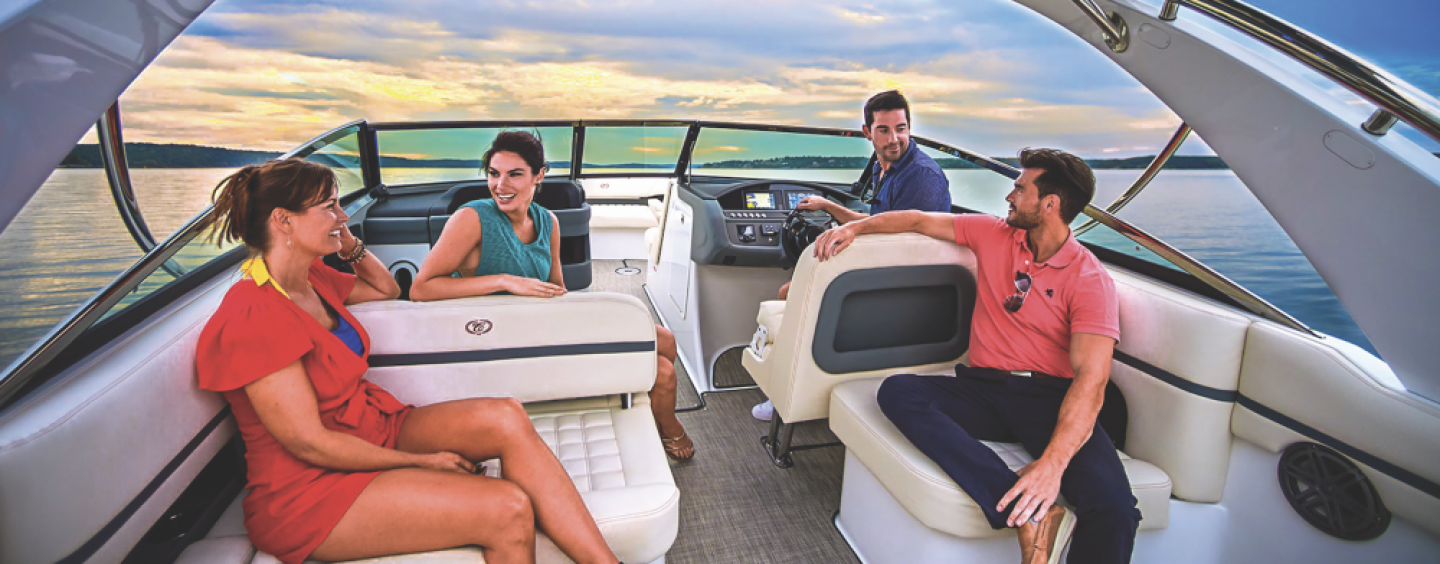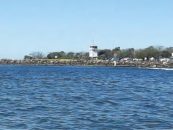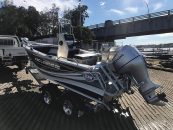You love to go for the day on the water with your family or your mates, and really get away from it all – the sun, the sea and heaps of fun! While recreational boating and sailing can be a lot of fun, if things go wrong, it can turn bad quickly, and maybe even be fatal. It is key that you know what steps you can take to ensure your days out on the water do not end in disaster or tragedy.
In Queensland, the Transport Operations (Marine Safety) Act 1994 (Qld) (TOMSA) imposes a general obligation of safety on all vessel owners and operators to operate vessels safely at all times. Let’s check if you know the ropes on how to operate your boat safely.
1 You have bought your new boat. You and a couple of mates decide to go out for the day and you are testing the boat’s operating limits. Unfortunately, there is a “marine incident” during testing at high speed. If you are found to have operated your boat in an unsafe manner, what penalties could be applied against you as the owner and master of the boat? What about the crew?
a. The maximum penalty is 500 penalty units (so up to $66,725) or imprisonment for 1 year.
b. There are no penalties that can be applied for operating a boat unsafely as a master.
c. For the master, the maximum penalty is 100 penalty units (so up to $13,345) with no chance of imprisonment. There is no penalty for the crew members.
The answer is ‘a’. Under section 43(1) of the TOMSA, the master, owner and the crew could each be fined for operating a boat unsafely up to 500 penalty units, which is approximately $66,725, or even face imprisonment for up to a year.
2 You are the owner of a boat. The boat was your dream boat when you bought it a couple of years ago, but you have not done any maintenance on it since. You suspect the engine is not operating as safely as it should be. You also have not checked if the flares are in date or whether the EPIRB battery needs replacing. Despite these concerns, you still take the boat out for an hour or two every week just to keep it running. Which of the following statements are applicable in the given situation?
a. As the owner and master of the boat you must not operate the boat unless it is safe to do so. Failure to do so can result in a maximum penalty against you of 500 penalty units or imprisonment for 1 year.
b. As the owner and master of the boat, if you operate the boat when it is unsafe to do so, and a “marine incident” occurs causing death or grievous bodily harm to a person, you could be fined a maximum of 5,000 penalty units (up to $667,250) or imprisonment for 2 years.
c. Both statements ‘a’ and ‘b’.
3 What is a “marine incident”?
a. A “marine incident” includes the loss of a person from a boat, the death of, grievous bodily harm to or injuries to a person caused by a boat’s operations, the loss or abandonments of a boat, a collision with a boat, the stranding or grounding of a boat, and material damage to a boat.
b. A “marine incident” includes material damage caused by a boat’s operations, damage to a person caused by a boat’s operations, danger of serious damage to a boat, and danger of serious damage to a structure caused by a boat’s operations.
c. A “marine incident” includes all of the incidents referred to in answers ‘a’ and ‘b’.
The answer is ‘c’. A “marine incident” can include all of the incidents referred to in ‘a’ and ‘b’ above. Remember, under section 125 of TOMSA, all marine incidents must be reported to a Shipping Inspector on the approved forms within 48 hours of the incident occurring. (Forms are available from Maritime Safety Queensland, Queensland Boating and Fisheries Patrol, and Queensland Water Police.) If in doubt as to whether or not a marine incident is reportable or not, report it anyway. Failure to report can result in a hefty fine. It is always a good idea to seek independent legal advice before submitting a marine incident report form to a regulator.
4 You have just bought your dream boat in Australia. The boat was built in Italy in 2016. Do you need to have an Australian Builders Plate?
a. Yes, the boat is imported and all imported boats need to have an Australian Builders Plate.
b. Yes, an Australian Builders Plate is required for new and imported recreational boats built from 1 July 2006.
c. No, the boat is not new, so you don’t need to have an Australian Builders Plate. Australian Builders Plates apply to new boats only.
The most correct answer is ‘b’. An Australian Builders Plate is required for new and imported recreational boats that were built from 1 July 2006. An Australian Builders Plate is always set out in the same standard format and contains essential safety information about the vessel’s operational capacity such as the maximum persons or weight allowed on board in good conditions (i.e. fair weather and smooth waters).
Remember, as the skipper of the boat, safety rests with you, so you must adhere to the Australia Builders Plate. Don’t forget to check that you are loading your boat in accordance with the recommended loading capacity set out on your boat’s Australian Builders Plate – this will reduce your chances of overloading or even capsizing your boat.
5 You have just bought a second-hand boat from a mate whom you have known for years. What do you need to do to ensure that you can operate the boat safely?
a. You don’t need to do anything. You trust your mate and you know there are no problems with the boat.
b. All you need to ensure is that the lifejackets meet the current standards and that the flares are in date – then you are good to go.
c. You should check, at the very least, (1) that the outboard fitted to the boat meets the requirements of the Australian Builders Plate, (2) that the lifejackets meet the current standards, (3) that the flares are in date, and (4) if applicable, that the safety lanyard is attached to the cut-off switch for the motor.
The answer is ‘c’. Even though you bought the boat off a mate, you should carry out some checks as the boat could have been modified and may not be up to the safety standards expected. Remember, as the new owner, you are now ultimately responsible for safety when you are out on the boat. It is also a good idea before you buy the boat to get a marine surveyor to inspect the boat and check that it meets all of the legal safety requirements.
By Claire Strodder, Maritime Lawyer
Published in the August – November 2020 print edition.






























